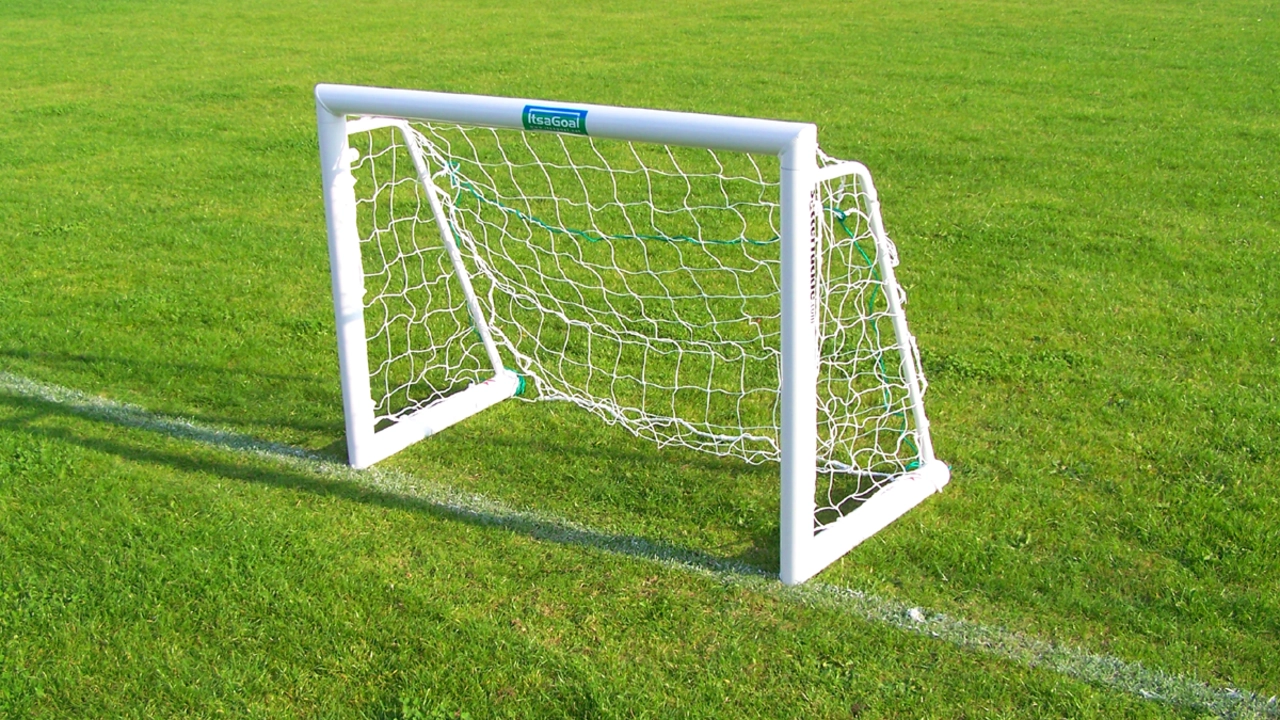Sports Statistics: What Fans and Players Need to Know
Ever wonder why you hear analysts throw around numbers like "292 passing yards" or "124 receiving yards"? Those stats aren’t just bragging rights – they’re the backbone of how we watch, enjoy, and improve at sports. Whether you’re a casual fan, a weekend warrior, or a data‑hungry blogger, knowing the right stats can make the game feel richer and your own performance sharper.
Take the recent Packers‑Commanders clash as a quick example. Jordan Love threw for 292 yards and two touchdowns, while Tucker Kraft racked up a career‑best 124 receiving yards. Those numbers tell a story: the Packers moved the ball efficiently, and Kraft became a reliable target. Without the stats, you’d only see the final score, missing the details that explain why the game unfolded the way it did.
Why Stats Matter in Soccer
Soccer fans often argue that the sport is about flow and emotion, not numbers. But look closer and you’ll see stats shaping every tactical decision. A player’s vision, for instance, can be measured by how many passes they complete in tight spaces or how often they create scoring chances. In our "How do I get better vision and position in soccer?" guide, we highlighted three key areas: footwork, vision, and game understanding. Tracking pass completion rates or distance covered each match helps players pinpoint weak spots and work on them deliberately.
Even something as simple as the proper air pressure of a soccer ball (0.6‑1.1 atm or 8.5‑15.6 psi) has statistical backing. Too soft or too hard changes the ball’s bounce, affecting shot accuracy and dribble control. Coaches now use pressure gauges as part of their pre‑match routine, turning a seemingly tiny detail into a measurable advantage.
Using Statistics to Boost Your Game
If you’re looking to up your own performance, start by logging the basics: minutes played, shots on target, successful dribbles, and defensive actions. Over a few weeks you’ll spot patterns – maybe you’re more effective when you receive the ball on the left flank or you win more duels in the final third. Those insights let you focus practice on high‑impact scenarios rather than generic drills.
Fans who love numbers can also dive into deeper analyses. Comparing a player’s expected goals (xG) to actual goals scored reveals finishing efficiency. In the NFL, expected points added (EPA) shows how much a play truly shifted the scoreboard beyond just yards gained. These advanced metrics give a clearer picture than raw totals alone.
Don’t forget the community angle. Sharing your stats on forums or social media sparks discussions, brings new perspectives, and sometimes even uncovers hidden trends. It’s the same energy that turned Hannah Palmer’s denim overalls shoot into a viral moment – a unique concept paired with measurable impact.
Bottom line: sports statistics aren’t just for pundits. They’re tools that help you understand the game, improve your skills, and join the conversation with confidence. Grab a notebook, start recording a few key numbers, and watch how the details transform your love of the sport.

In soccer, goal differential is a critical term that's calculated simply by subtracting the total number of goals a team has conceded from the total number they've scored. It serves as a key tiebreaker in league standings, giving us a clear picture of a team's defensive and offensive capabilities. If a team's goal differential is positive, it means they've scored more than they've conceded, which is always a good sign. On the other hand, a negative differential suggests the opposite. It's a simple yet effective way to measure a team's performance over a season.
Read more
